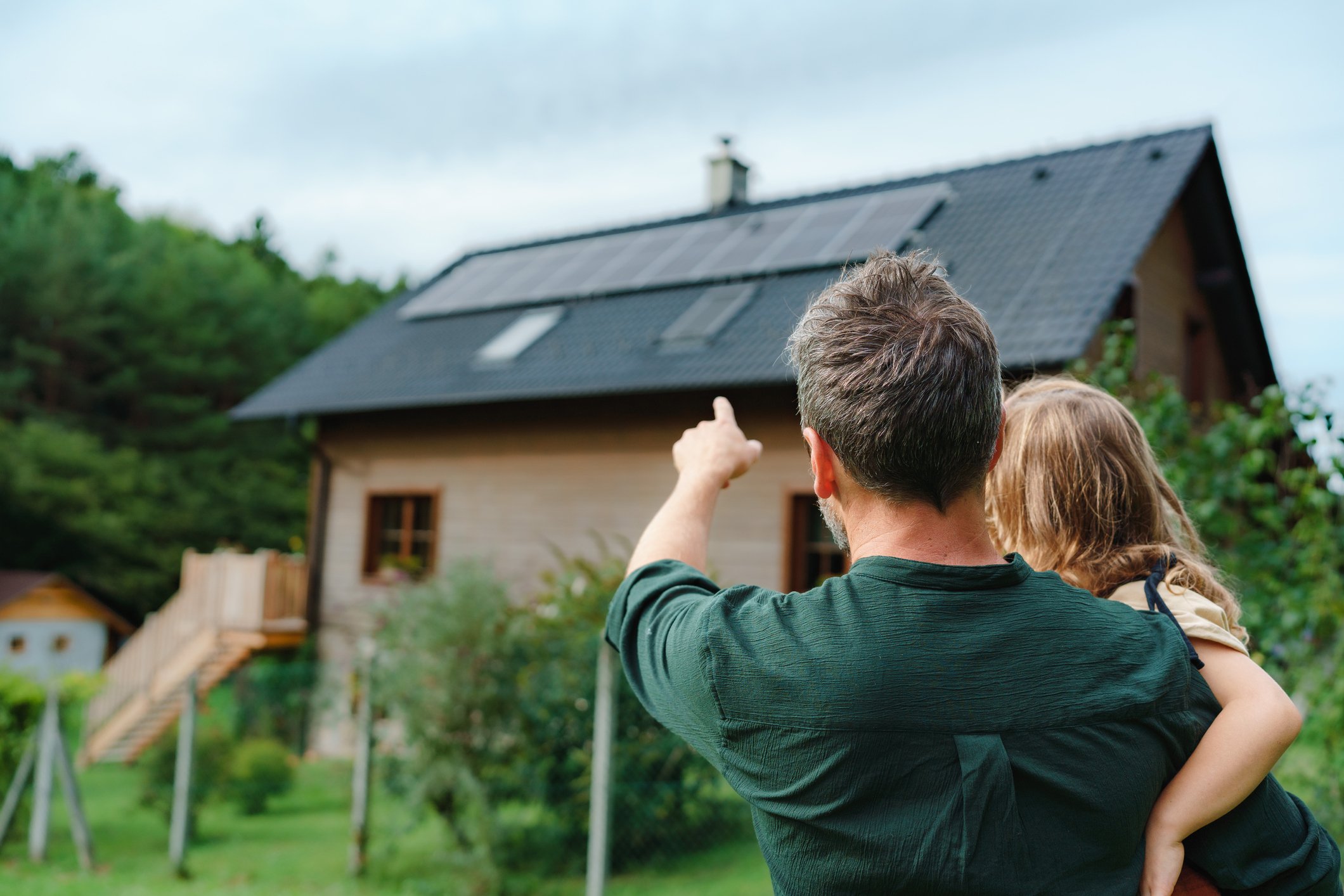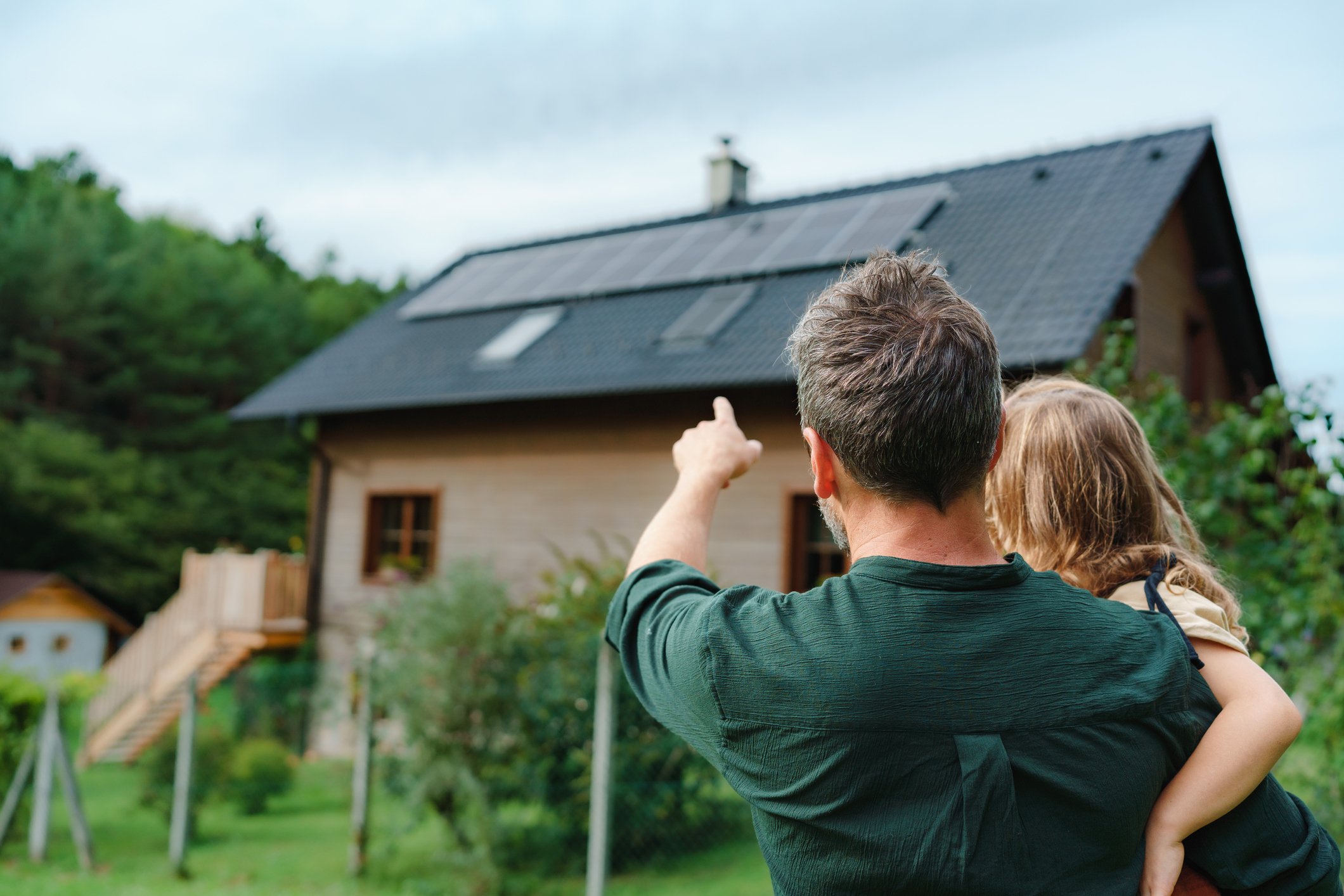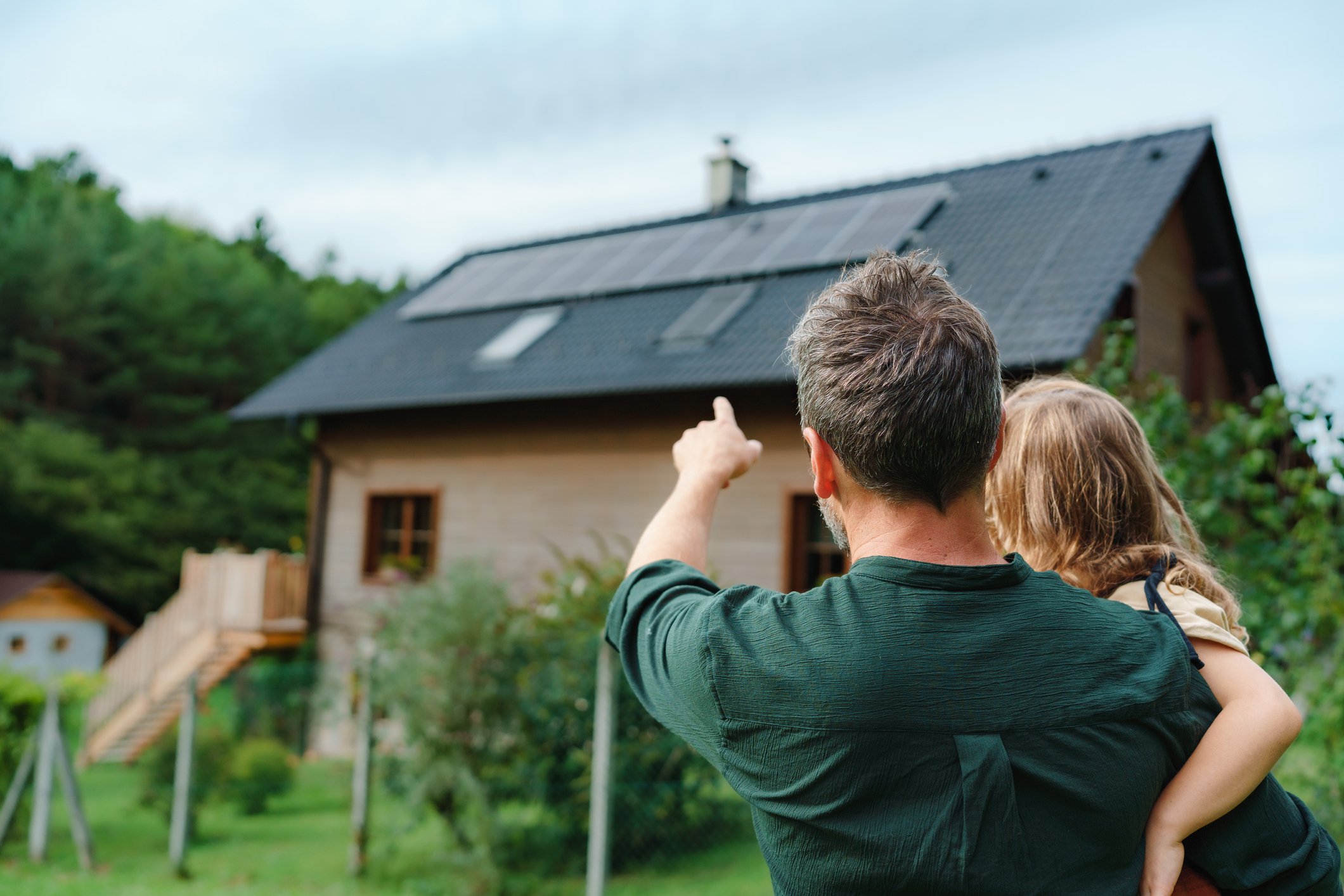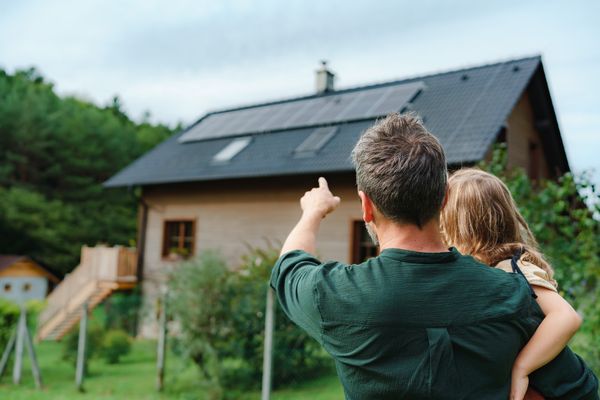The solar energy industry is driven by one mandate: Make the most energy at the lowest possible price. The industry tries hard to turn everything it touches into a commodity, which often leads to slim margins. But a handful of standouts have found creative ways to differentiate their products and deliver outstanding value for shareholders, while still staying strong enough to thrive in the current turbulent economy. SolarEdge (SEDG +7.34%) is a member of this elite club.

Image source: Getty Images.
How SolarEdge stands out
SolarEdge's core product is a solar inverter, which takes the DC energy that comes out of a solar module and converts it into the AC electricity that powers appliances.
Each solar module on a roof is nearly identical to the next one, but for a variety of technical reasons, they each make slightly different amounts of energy. The greater these differences are, the less efficient other inverters become at converting solar energy into usable electricity. These inefficiencies are greater if, say, a shade hits the roof at a certain time of the day, or if a module is dirtier than the others, or if a module is oriented differently on a roof.
SolarEdge saw these challenges as an opportunity to differentiate its product in an ocean of look-alikes. It invented a "power optimizer," a device that attaches to each module and significantly increases the efficiency of the whole system in spite of the challenges above, while simplifying other aspects such as system design and installation.
The idea took off. SolarEdge's products became a favorite of residential and small commercial system installers in the US and many parts of the world. According to Wood McKenzie's GreenTechMedia, by the end of 2019 SolarEdge controlled over 60% of the US residential market.
Good idea + big sales = good investment?
A clever concept and robust revenue can't guarantee success, but they make a great start when combined with healthy margins.
SolarEdge has sold lots and lots of products: A review of its 10K annual filings reveals compounded revenue growth of roughly 53% between 2017 and 2019, with an average gross margin around 34.37% in that period. Over the same time frame, it has grown its free cash flow at a compounded 27.2% annual rate. SolarEdge has put its gross margin to good use, investing roughly 9% of its total revenue each year back into R&D.
Compare this performance to that of SMA Solar Technology AG (ETR: S92), a world leader in solar inverters whose reach and product lines closely match SolarEdge's. SMA posted 1.3% compounded revenue growth and negative free cash flow over the last two years, with average gross margins of 9.2% during that time period. SMA has spent less than 7% of its revenue on R&D, on average, since 2017.
At the same time, SolarEdge has made it a habit to deliver new products consistently and on time. Search for "SolarEdge delays launch," and you'll be hard-pressed to find relevant hits.
SolarEdge also has taken advantage of key opportunities: The 2014 and 2017 versions of the National Electric Code (or "NEC"), which began to be enforced in the main US solar markets in 2016, aimed to lower the risk of electrical fires linked to solar systems. The revised code included rapid shutdown requirements that benefit smart inverters.
In 2016, SolarEdge's main US competitor, Enphase (ENPH +4.14%), found itself in declining financial health, which made it look a riskier bet to many installers and solar finance companies. Though Enphase has since bounced back, its struggles at the time let SolarEdge build a significant lead in the US solar market, and gave the latter company room enough to evolve its product beyond its leading line of solar inverter and power optimizers.
With its latest Energy Hub inverter, SolarEdge has positioned itself to become a leading battery storage solution, while also enabling customers to connect their home solar array to a generator and an EV charger.
Positioned to thrive in the current economy
The disruptions created by COVID-19 will impact every business. The resulting short-to-medium term consequences on customer demand are difficult to predict. However, solar energy is an investment that makes sense in uncertain economic times because it lowers one of a household's main fixed costs -- electricity. Just look at past economic crises: Many of today's solar leaders (including then-fledgling SolarEdge) were founded before the 2008 financial crisis, yet grew steadily through it.
And SolarEdge's balance sheet today can withstand the current calamities much better than it would have during the 2008 downturn. A company's quick ratio measures its ability to convert its assets to cash and pay its creditors promptly. With a quick ratio of 1.7, SolarEdge would still be able to pay its creditors more than one and a half times over even if its business came to a complete standstill. But rather than screeching to a halt, it's more likely that SolarEdge will consolidate its leadership position by continuing to take share away from weaker competitors in its current markets, while staking out beachheads in new ones.
As a resurgent Enphase challenges SolarEdge's lead in the high-margin US residential segment, and as SolarEdge expands its product lineup to traditionally lower-margin larger systems and to more diverse geographies, interested Fools should keep a close eye on gross margins. Will SolarEdge's margins start looking more like SMA's, or will it continue to find creative ways to innovate and disrupt? Given its track record to date and focus on financial execution, SolarEdge looks like a company built to thrive for the foreseeable future.








